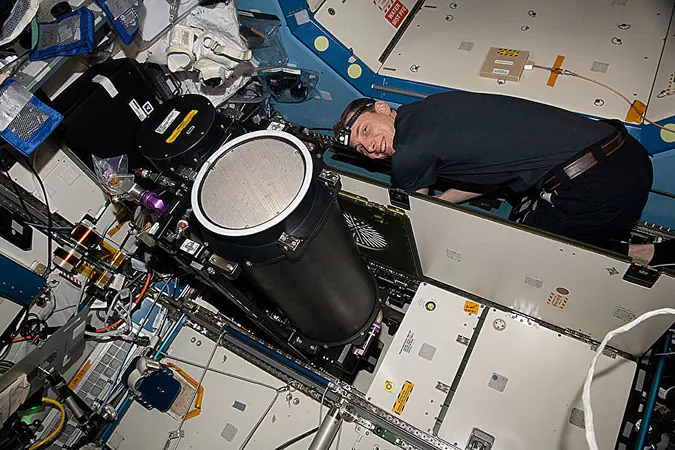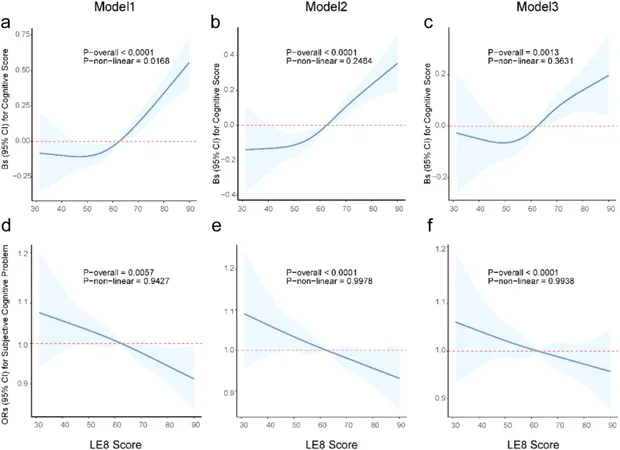
NASA Establishes New Hydrogen Sulfide Safety Standards for Upcoming Space Missions
2025-01-20
Author: Benjamin
New Safety Standards for Hydrogen Sulfide
In a groundbreaking decision, NASA's Office of the Chief Health and Medical Officer (OCHMO) has set new exposure limits for hydrogen sulfide (H2S) in spacecraft as they prepare for future missions, including the ambitious Artemis program aimed at returning humans to the Moon. This has become especially relevant due to the potential presence of H2S in lunar polar ice, which can be released during the collection of samples.
Formation of a Specialized Working Group
A specialized working group, comprised of toxicology experts, was convened to reassess the Spacecraft Maximum Allowable Concentration (SMAC) values for H2S. The panel, which held three virtual meetings between February and March 2023, included prominent toxicologists such as Dr. Terry Gordon, Dr. Tee Guidotti, and Dr. Joyce Tsuji. They collaborated with OCHMO team members to provide guidance on the new standards.
Objectives of the Working Group
The primary objectives were clear:
1. To endorse or propose changes to the previously suggested H2S SMAC levels.
2. To review a manuscript on H2S SMAC prepared by the JSC Toxicology Laboratory.
3. To offer further insights into H2S toxicity relevant to the unique environment of space missions.
Strict Atmospheric Contamination Limits
Every spacecraft needs to adhere to strict atmospheric contamination limits as stated in NASA’s Spaceflight Human-System Standard (NASA-STD-3001). This ensures the safety and health of astronauts during their time in space.
Historical Context and Concerns
Historically, H2S concentrations weren't a cause for concern in spacecraft environments, but with the upcoming Artemis missions, this has changed. The compound emits a powerful rotten egg odor, which could not only pose sensory distractions but also have physiological implications. Exposure to H2S can irritate at low doses, while higher concentrations may lead to severe neurological issues, including unconsciousness.
Review and Acceptance of Proposed SMAC Values
The proposed SMAC values for H2S were thoroughly reviewed and were accepted across the board, with notable points from the panel discussions, including:
- The endorsement of proposed SMACs for short and medium-term exposures (1-hour, 24-hour, 7-day, etc.), deemed appropriate for ensuring astronaut safety.
- A controversial recommendation surrounding the 1,000-day SMAC, suggested to be impractical due to potential human-generated H2S sources; the panel urged either its elimination or designation as a guideline, rather than a strict limit.
- An understanding that while interactions with other substances in microgravity are generally negligible, any potential risks should be considered for specific astronaut profiles.
Individualized Assessment for Astronauts
Moreover, the safety recommendations primarily apply to carefully screened astronauts. For private spaceflight participants, who may have varied health backgrounds, an individualized assessment is crucial to identify specific sensitivities related to hydrogen sulfide exposure.
Advanced Monitoring Recommendations
The implementation of advanced passive dosimetry technology is also recommended for long-term monitoring of H2S at low concentrations, allowing for comprehensive safety protocols during extended missions.
Conclusion
As NASA marches forward with its plans to explore beyond our planet, establishing these new safety regulations for hydrogen sulfide is a clear commitment to ensuring the health and well-being of astronauts on the final frontier. The risk of encountering unfamiliar compounds like H2S from lunar missions solidifies the need for continuous adaptation and vigilance in space health safety.









 Brasil (PT)
Brasil (PT)
 Canada (EN)
Canada (EN)
 Chile (ES)
Chile (ES)
 Česko (CS)
Česko (CS)
 대한민국 (KO)
대한민국 (KO)
 España (ES)
España (ES)
 France (FR)
France (FR)
 Hong Kong (EN)
Hong Kong (EN)
 Italia (IT)
Italia (IT)
 日本 (JA)
日本 (JA)
 Magyarország (HU)
Magyarország (HU)
 Norge (NO)
Norge (NO)
 Polska (PL)
Polska (PL)
 Schweiz (DE)
Schweiz (DE)
 Singapore (EN)
Singapore (EN)
 Sverige (SV)
Sverige (SV)
 Suomi (FI)
Suomi (FI)
 Türkiye (TR)
Türkiye (TR)
 الإمارات العربية المتحدة (AR)
الإمارات العربية المتحدة (AR)